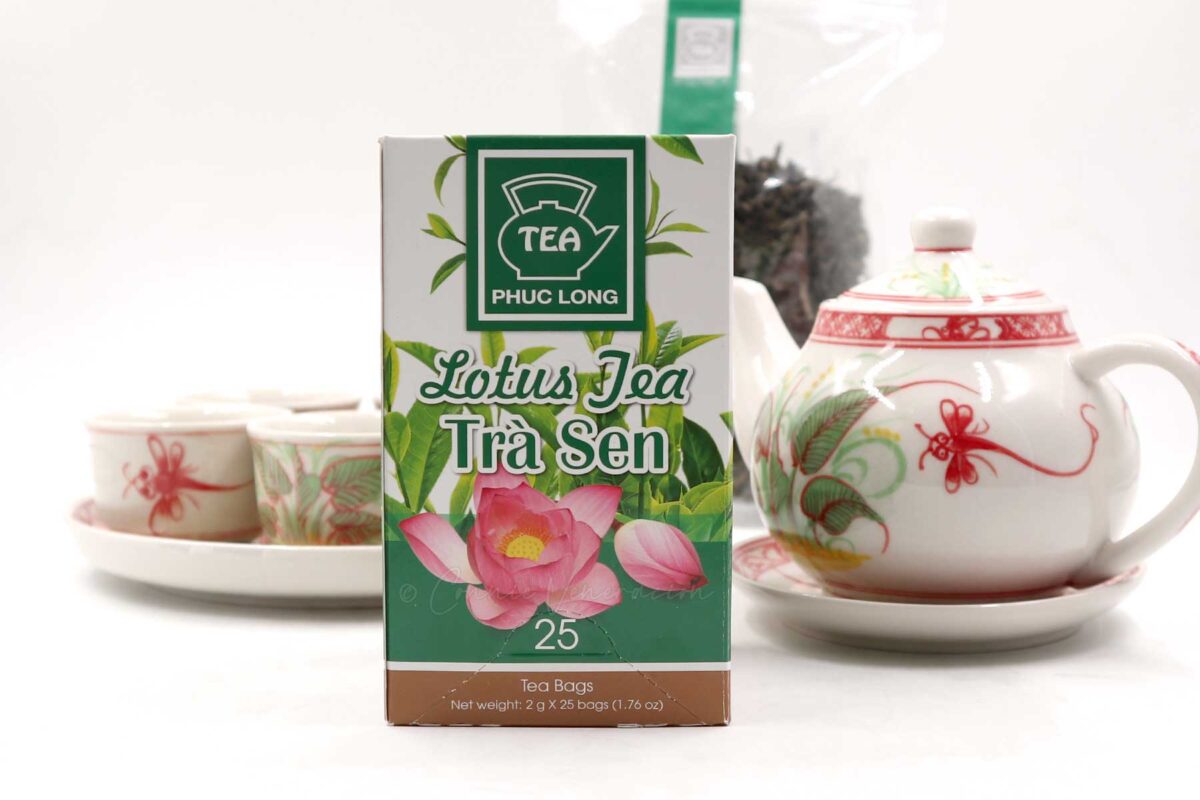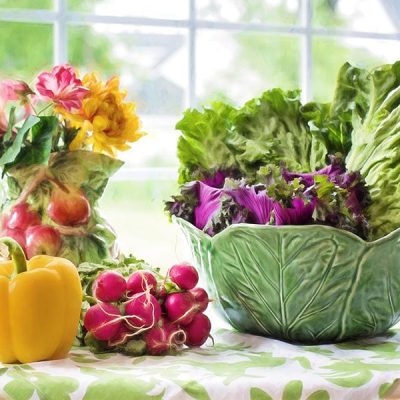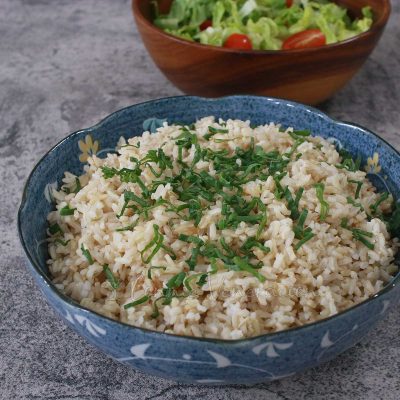How we learned the difference came after how we discovered lotus tea, how we learned to appreciate it via two episodes of indigestion.
Saigon. After checking in to our serviced apartment, Alex and I decided to walk to Takashimaya instead of taking Grab. There’s really no better way to get to know Saigon than by seeing it on foot.
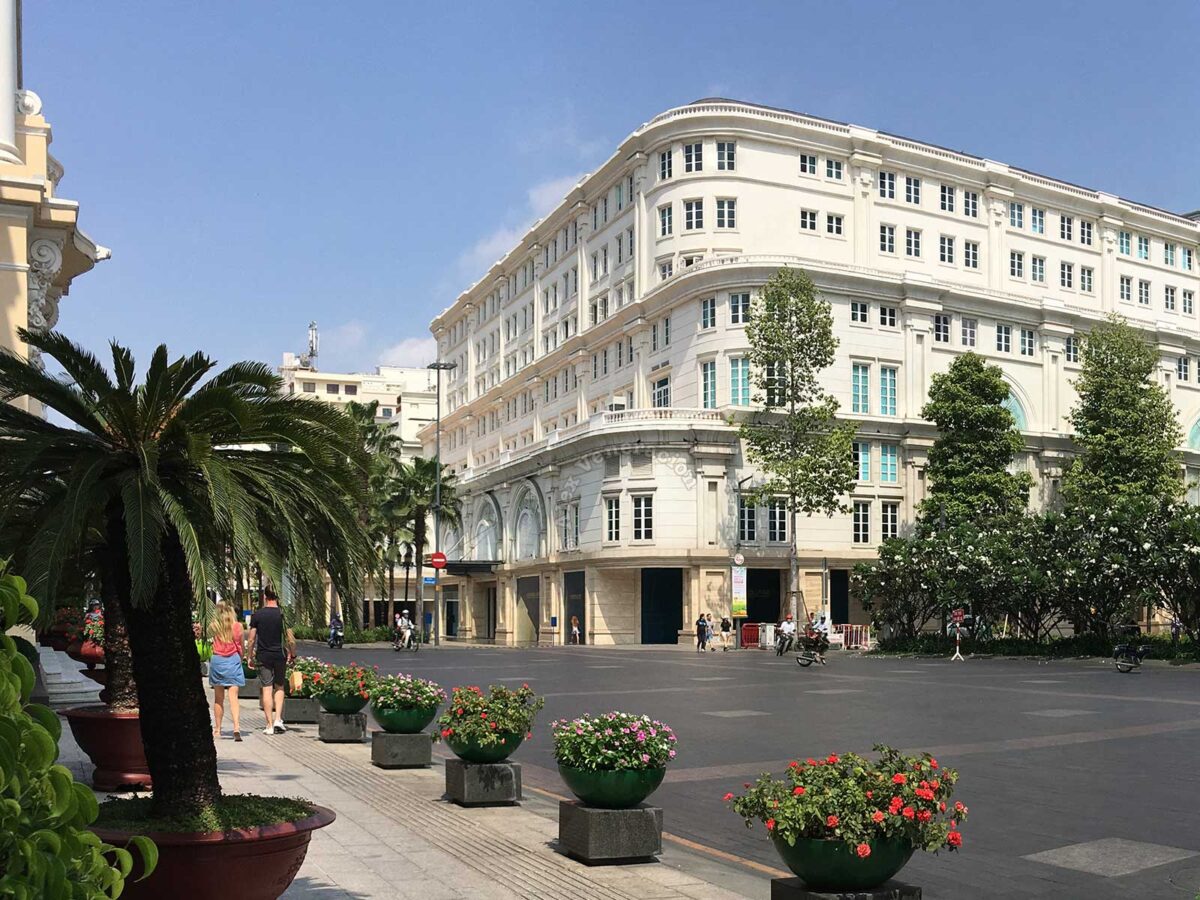
It was a scenic walk, if you can use that word to describe a city. Wide street. Flower pots bursting with bushes dotted with dainty flowers in bright colors. Well-trimmed flowering trees. We passed Hotel Continental, an establishment that is almost a century and a half old and which, for almost fifty years, was owned by a Corsican gangster.
A few meters from Hotel Continental we found ourselves in a large open area with a huge statue near one end. Ho Chi Minh, revolutionary and politician, and first president of the Democratic Republic of Vietnam after the declaration of independence from French Indochina.
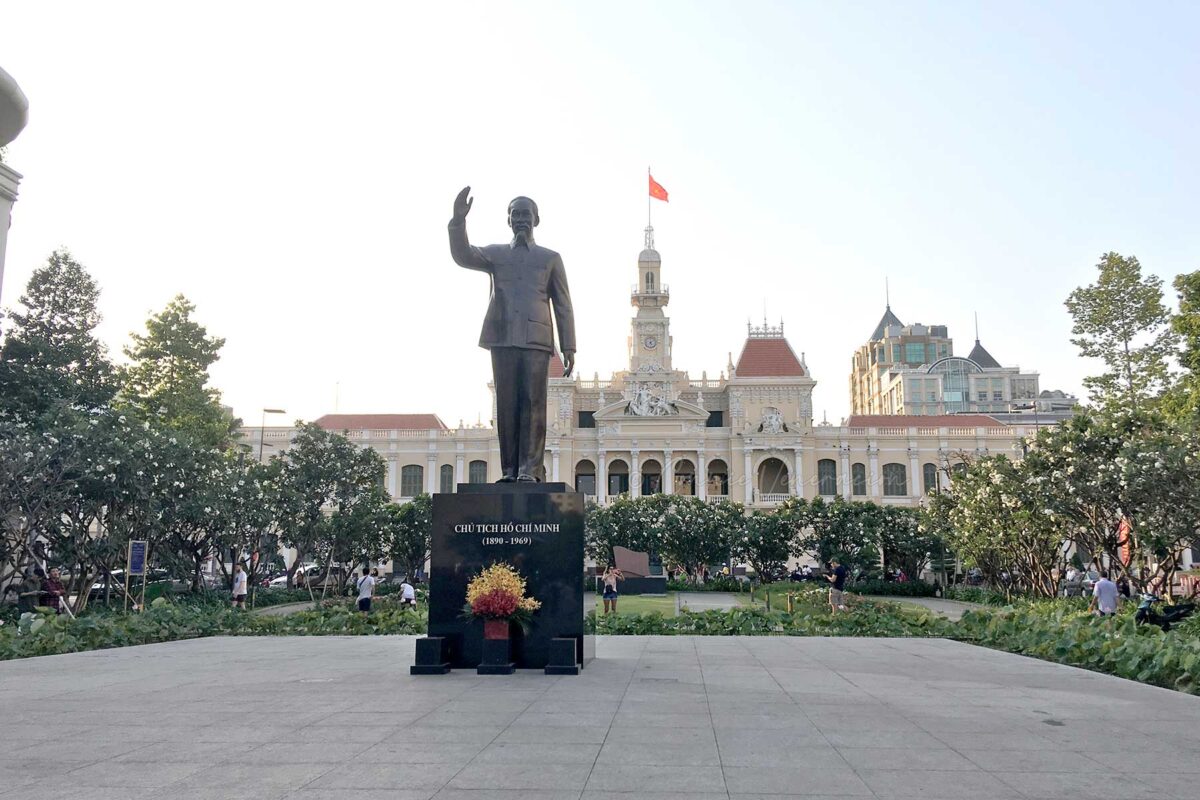
The square was framed by lotus plants — the number of pink flowers engulfed and overwhelmed by the lush leaves. The government took care of the square painstakingly, I thought. Lotus grows in water and, in the heat, the plants are apparently provided with a constant supply of water for them to thrive that well. Lotus and Ho Chi Minh in the square. Ho Chi Minh as a symbol of modern Vietnam and the lotus a symbol of traditional Vietnam. Very well put together.
Across the square stood the imposing colonial structure that was once the city hall and now the headquarters of the People’s Committee.
So much history… but Alex noticed something else.
“What’s that smell?” she asked.
“What smell?” I said.
“Smells like foot.”
I didn’t notice any peculiar smell but, as we walked away from Ho Chi Minh Square, Alex said the smell had gone. We reached Takashimaya and went straight to the food court and grocery at the basement. We sampled just about everything that was offered. We shopped. We bought chocolates (Vietnamese chocolates are superb, did you know?), cooking ingredients and, because Alex was curious about it, a box of lotus tea.
Then, we sat down for a proper meal.
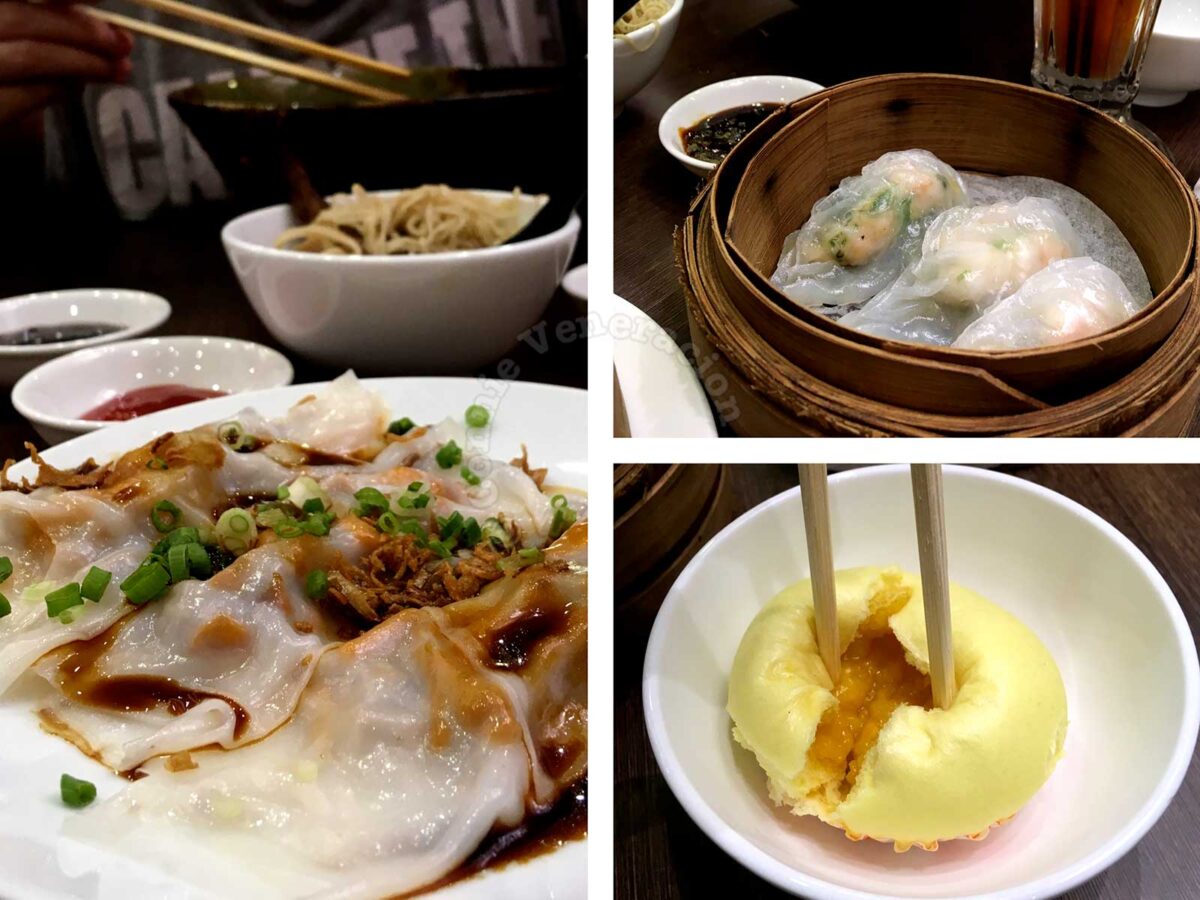
Alex had duck noodle soup; we shared the dumplings and that unforgettable sweet bun with custard filling.
After the meal, we visited the bakeries. We knew that we would still be full by dinnertime so we agreed we’d just buy breads and pastries, and have them later at the apartment should we feel hungry.
Done with our food shopping, we got a Grab back to the apartment. We happily inspected our loot, I tried a bar of chocolate and watched some TV. At around 9.00 p.m., we each had a piece of bread that we bought earlier.
Then, indigestion.
Alex, not me. She didn’t feel comfortable. She thought she had overeaten. Our first aid for indigestion has always been tea. But the only tea we had was the lotus tea we picked up at Takashimaya. Alex unwrapped the box.
“Mommy… it’s that smell!”
“What?”
Okaaayyy… Ho Chi Minh Square was surrounded by lotus. With a lotus teabag in her hand, well… it was easy to make the connection. As unappetizing as the smell may be to her, Alex was going to drink lotus tea to help her digest her food. She took one teabag and placed it in a mug. She poured in hot water and sipped the lotus tea. Ten minutes later, she was feeling better.
A few days later, I was having indigestion. A perennial problem in Saigon because the food was so good it was hard to wait until we felt truly hungry before trying this and that. We ate too much, no doubt. Alex said she’d make me a cup of lotus tea assuring me of its wonders in curing stomach trouble. The girl had turned into a walking-talking advertisement for lotus tea. And she was right. It took less than 15 minutes for my stomach to settle down.
What exactly is inside a Vietnamese lotus tea bag?
Lotus tea is consumed in China and Korea. If it’s lotus fruit tea, it has dried lotus fruit. If it’s lotus leaf tea, then it contains dried leaves. If it’s lotus flower tea, it has dried flowers. If it’s lotus tea, then, it may have dried flowers, roots, leaves, seeds… or all of them. None of these is real tea, of course, because of the absence of Camellia sinensis. They are herbal infusions.
Vietnamese lotus tea, however, is real tea. To be more precise, it is lotus-scented green tea. It is made by combining green tea leaves grown in Vietnam with lotus flowers to allow the tea to absorb the scent of the lotus. Think jasmine tea but with lotus flowers and green tea instead of jasmine flowers and oolong tea.
A guide for buying Vietnamese lotus tea
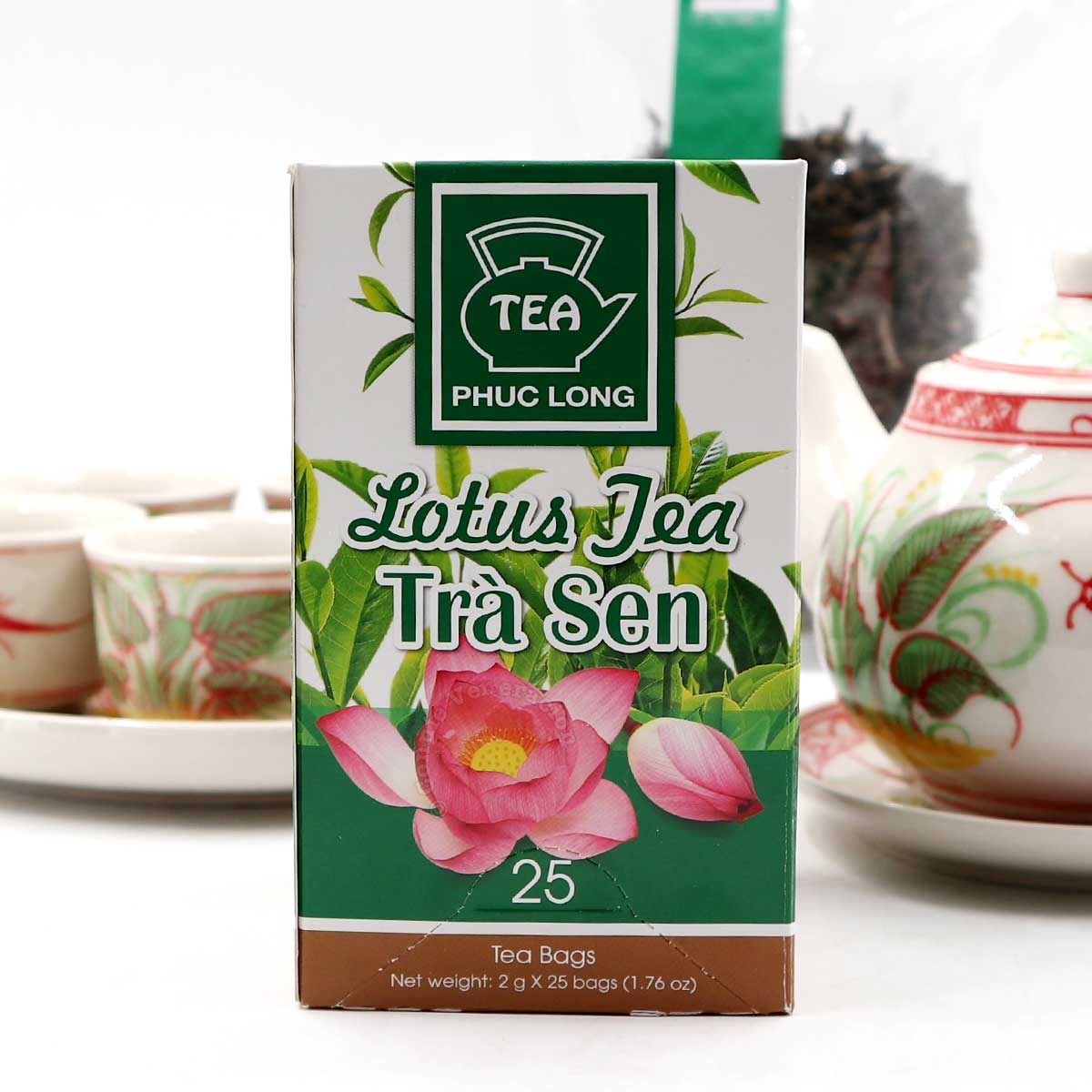
Trà sen is lotus-scented green tea. The label should say that.
If the label says trà tim sen, you’re getting something else. Trà tim sen is made with lotus embryo or the heart of the lotus seed. Trà tim sen is an infusion, not real tea, as it does not contain Camellia sinensis.

